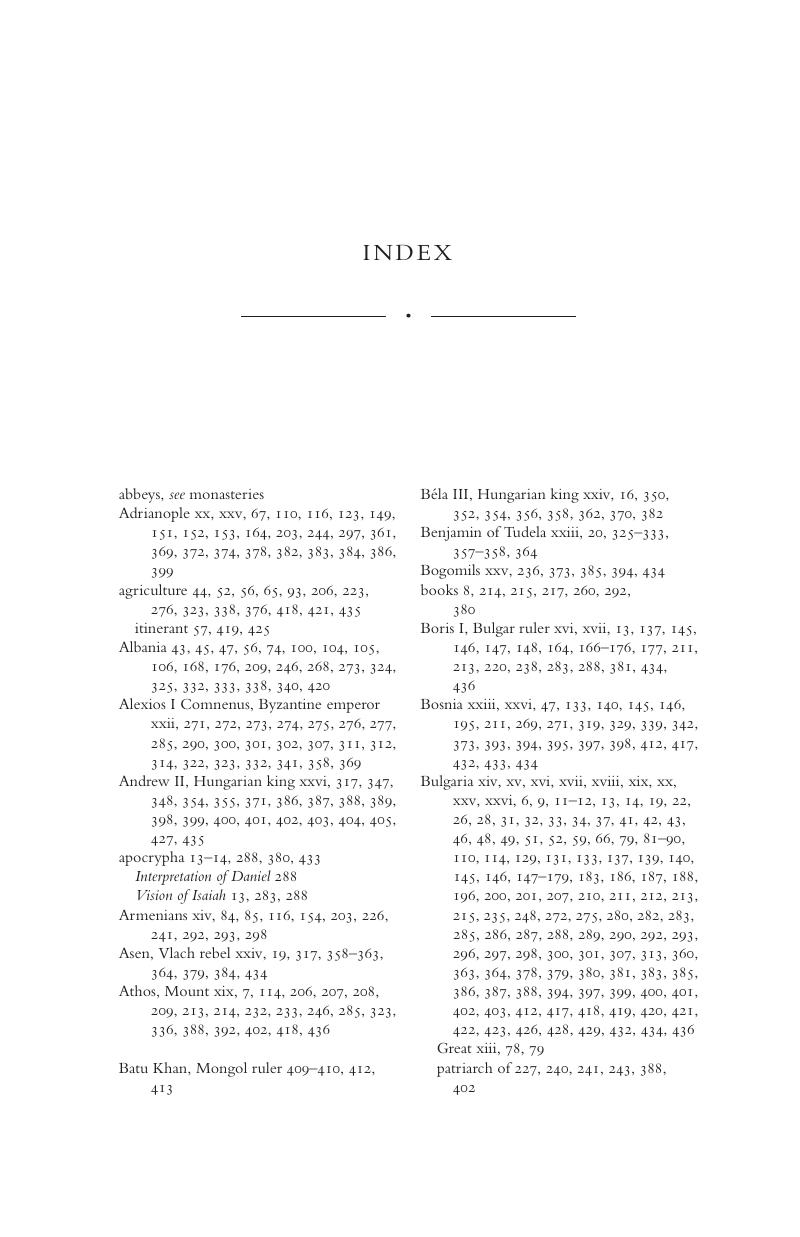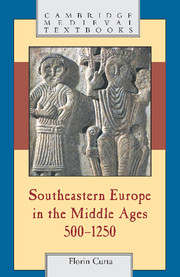Book contents
- Frontmatter
- Contents
- List of maps
- Acknowledgments
- Note on transliteration, names, dates, and words
- Chronology
- List of abbreviations
- Introduction
- 1 The end of Late Antiquity or the beginning of the Middle Ages (c. 500–c. 600)?
- 2 Southeast European “Dark Ages” (c. 600–c. 800)
- 3 The rise of new powers (800–900)
- 4 Iron century or golden age (900–1000)?
- 5 The first Byzantine century (1000–1100)
- 6 The second Byzantine century (1100–1200)
- 7 Between the Crusade and the Mongol invasion (1200–1250)
- 8 Conclusions and lingering questions
- Select Bibliography
- Index
- Cambridge Medieval Textbooks
- Frontmatter
- Contents
- List of maps
- Acknowledgments
- Note on transliteration, names, dates, and words
- Chronology
- List of abbreviations
- Introduction
- 1 The end of Late Antiquity or the beginning of the Middle Ages (c. 500–c. 600)?
- 2 Southeast European “Dark Ages” (c. 600–c. 800)
- 3 The rise of new powers (800–900)
- 4 Iron century or golden age (900–1000)?
- 5 The first Byzantine century (1000–1100)
- 6 The second Byzantine century (1100–1200)
- 7 Between the Crusade and the Mongol invasion (1200–1250)
- 8 Conclusions and lingering questions
- Select Bibliography
- Index
- Cambridge Medieval Textbooks
Summary

- Type
- Chapter
- Information
- Southeastern Europe in the Middle Ages, 500–1250 , pp. 487 - 496Publisher: Cambridge University PressPrint publication year: 2006

